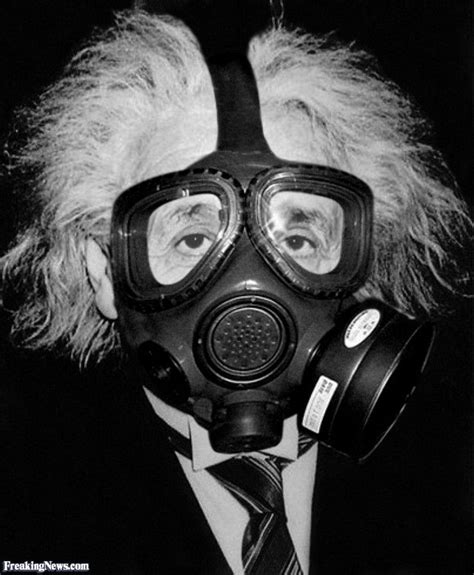Highlights
•Causal links between hydrocarbon exploitation and ecological responses were studied.
•Chemical and ecological effects were limited to within 500 m of the structure.
•Elevated contamination leads to general defaunation but benefits opportunistic taxa.
•Food webs are degraded through loss of larger predators and dietary specialists.
•New evidence is provided for future monitoring practices to prioritize impact zones.
Oil and gas exploitation introduces toxic contaminants such as hydrocarbons and heavy metals to the surrounding sediment, resulting in deleterious impacts on marine benthic communities.
Contamination from oil and gas platforms caused declines in benthic food web complexity, community abundance, and biodiversity.
Fewer trophic interactions and increased connectance indicated that the community became dominated by generalists adapting to alternative resources, leading to simpler but more connected food webs in contaminated environments. Decreased mean body mass, shorter food chains, and the dominance of small detritivores such as Capitella capitata near to structures suggested a disproportionate loss of larger organisms from higher trophic levels. These patterns were associated with concentrations of hydrocarbons and heavy metals that exceed OSPAR’s guideline thresholds of sediment toxicity.

